Spend
any time researching how to write well and you’ll come across the oft expressed
admonition, show don’t tell.
Good
advice, but the issue of telling what’s happening in a story, instead of
showing it, goes beyond the narrative part of writing. It also bleeds over into
the way a writer handles dialogue.
Here
are some of the basics to help you handle dialogue in a way that draws the
reader deeper into the world you've created.
There
are two basic things you need to know, the difference between speaker tags and
speaker beats, and when to use what.
Speak Tag
A
speaker tag is a description of how the words were spoken and who spoke them,
like said and asked.
Example:
“I
can’t believe you did that,” said Susan.
It’s
important to keep speaker tags simple. Don’t pull out your thesaurus to find
synonyms for said. This is a
rookie mistake, and screams amateur. Using
the word said, or asked,
is almost invisible. It’s so commonplace the reader just skims over the words
uninterrupted.
There
are two major problems when you use other words instead of said.
First—it’s distracting. The reader hesitates (sometimes just for an
instant), needing time to apply the correct definition of the tag you used.
Example:
“I
don’t know what you’re talking about,” he prevaricated.
Second—you can easily fall into the trap of telling your story through
the tags instead of the dialogue, especially if you add an adverb into the
line.
Example:
“I
don’t know what you’re talking about,” he muttered darkly.
Speaker Beat
A
speaker beat is a description of what the character is doing or saying. It’s
contained in the same paragraph as the spoken words and that’s how the reader
knows who’s talking.
Example:
I
can’t believe you did that.” Susan crossed her arms and frowned.
Either
a speaker beat or a speaker tag can come before or after the line of dialogue.
The important thing is to make certain it makes logical sense. Some words are
spoken as a reaction to an action, so in that case it wouldn’t make sense for
them to precede the action.
Example:
Susan
jumped and placed her hand on her chest. “You scared me. I didn’t know you were
there.” In this instance, the action naturally comes before the words.
When
used correctly, a speaker beat can also show us what the character’s feeling.
Example:
Simon
looked down and dug the toe of his shoe into the dirt. “I don’t know what
you’re talking about.”
In
this instance, a speaker tag doesn’t let the reader infer what the character is
feeling. Instead, it just tells the reader. Because of that, it can lead to
less of a connection between reader and character.
Example:
“I don’t know what you’re talking about,” he
muttered darkly.
Another Common Mistake
Beginning
writers sometimes get confused about whether a short phrase is a speaker beat
or a speaker tag. One I see over and over again is the phrase, she smiled.
She smiled is a beat, not a tag. The easiest way to tell the difference
is to ask yourself if the can smile(or laugh or whatever) the words. You can’t
smile words so you know to punctuate it as a separate sentence.
Example:
Incorrect
“I
like you,” Angela smiled.
Correct
“I
like you.” Angela smiled.
As
with any rule in the writing world, nothing is absolute. The goal is to enable
the reader to immerse himself in the world we’ve created. When we accomplish
that, we find success.
Edie Melson is a freelance writer and editor with years of experience in the publishing industry. She’s a prolific writer, and has a popular writing blog, The Write Conversation. She’s the co-director of the Blue Ridge Mountains Christian Writers Conference, as well as a popular faculty member at numerous others. She’s also the Social Media Coach at My Book Therapy.




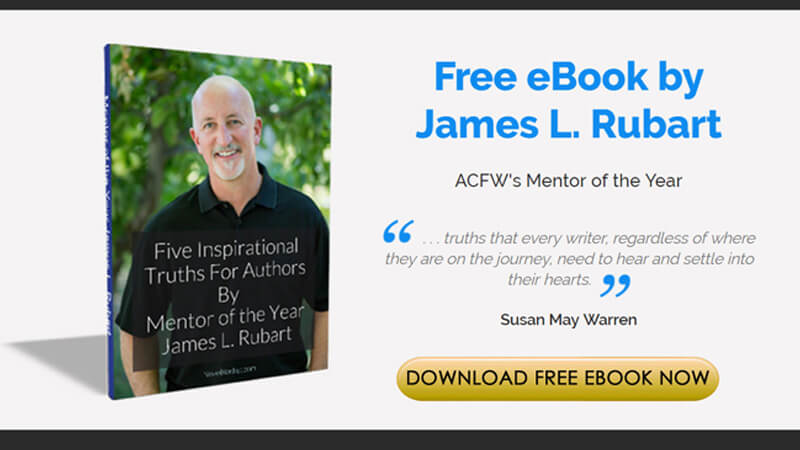
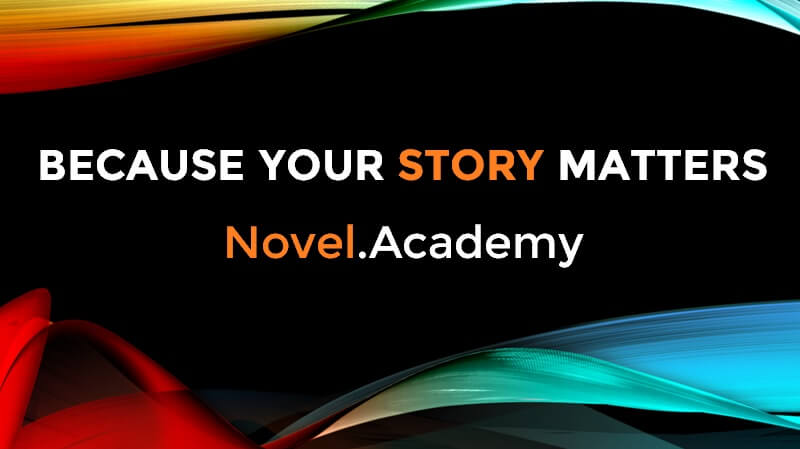
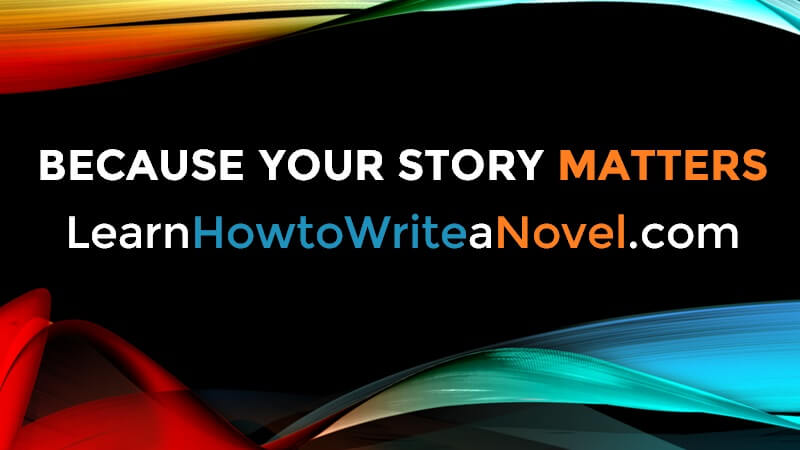
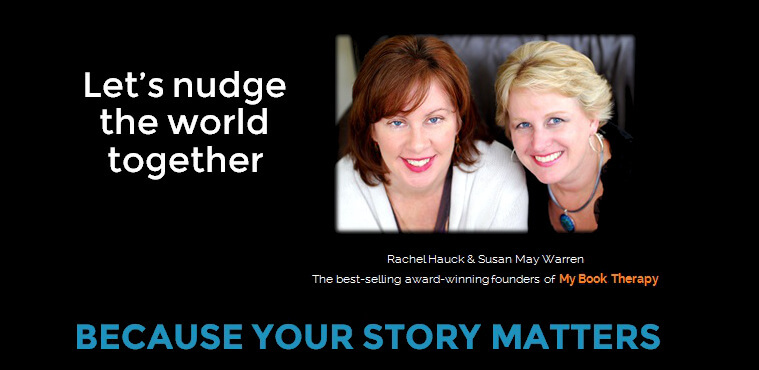
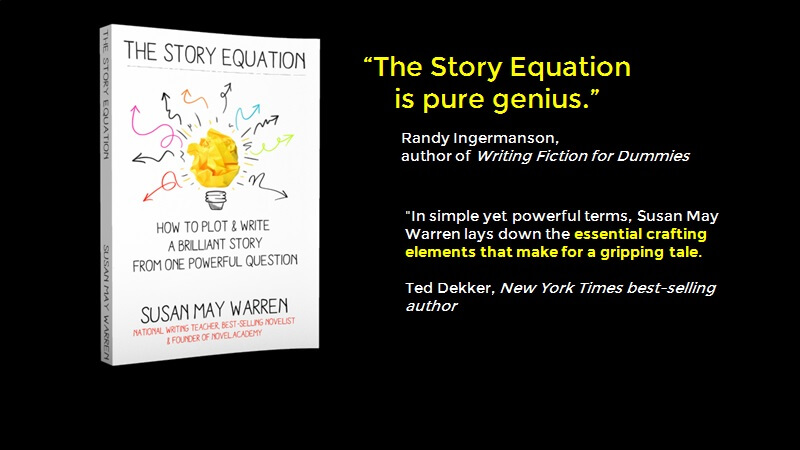



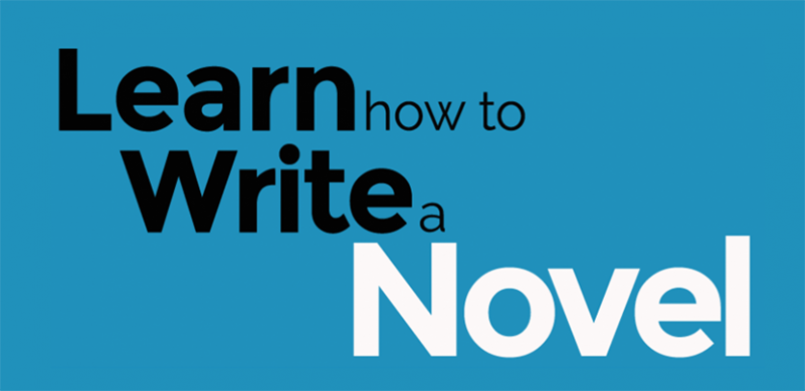














0 comments:
Post a Comment
Don't be shy. Share what's on your mind.